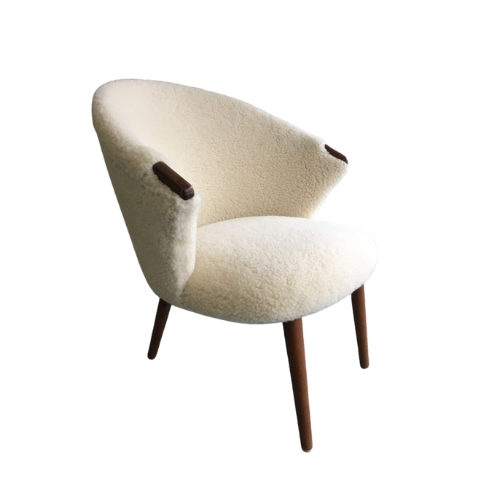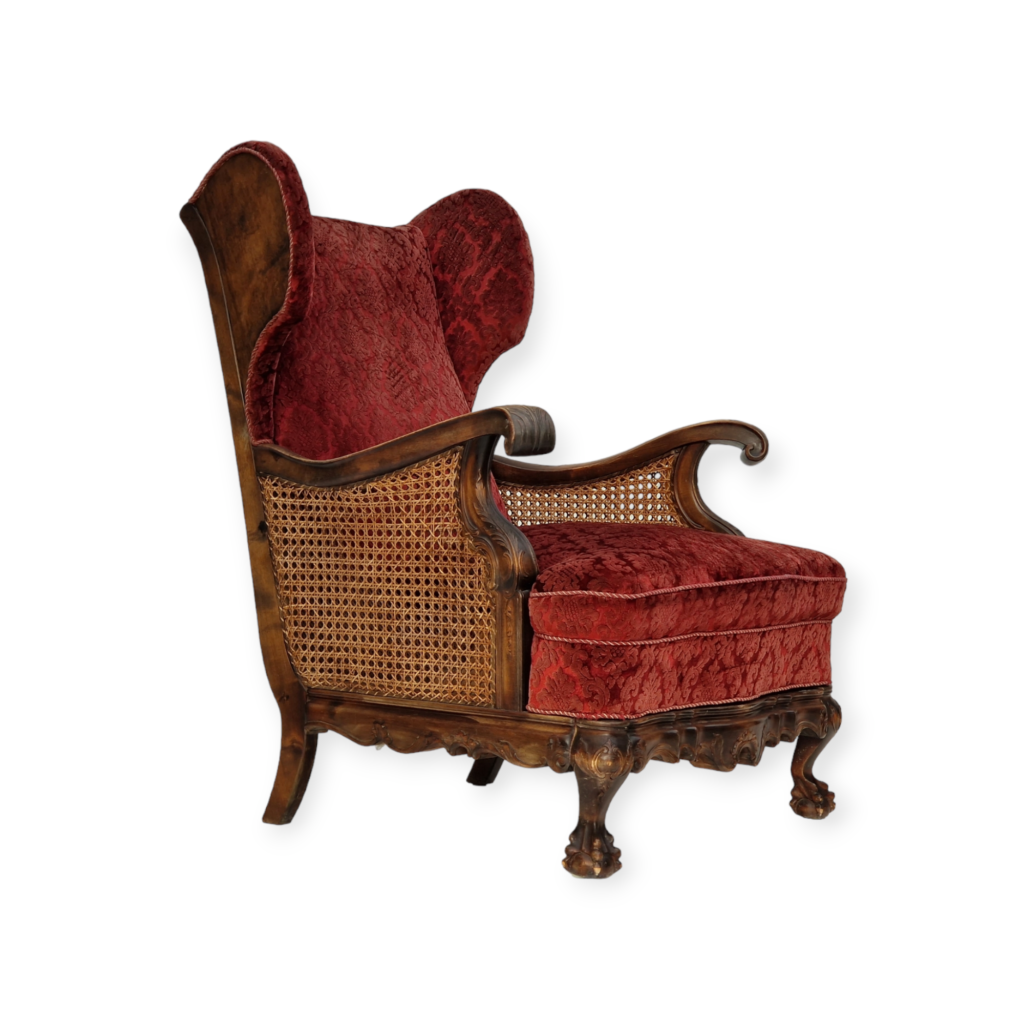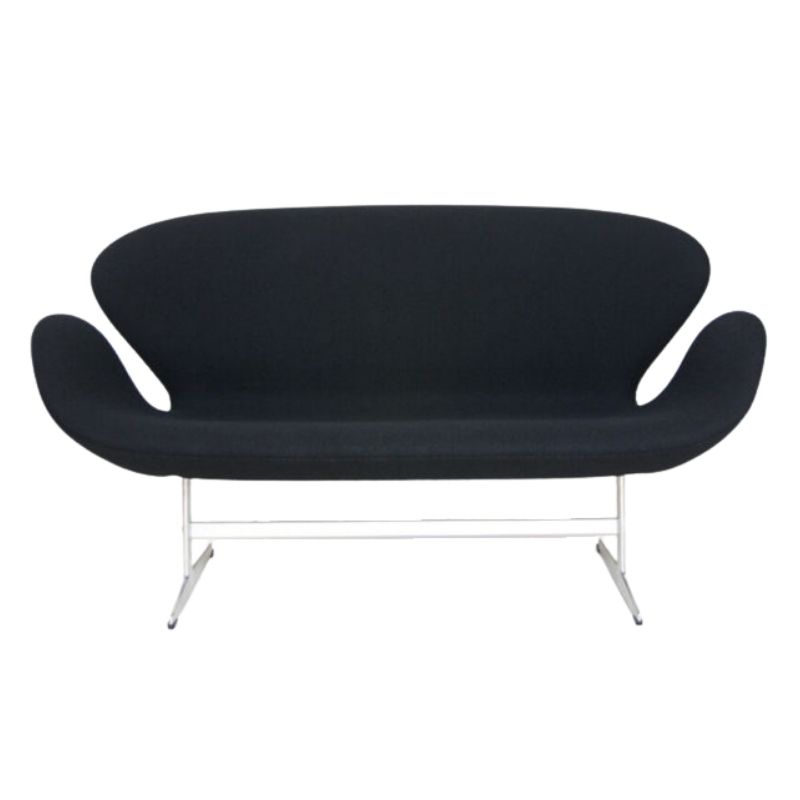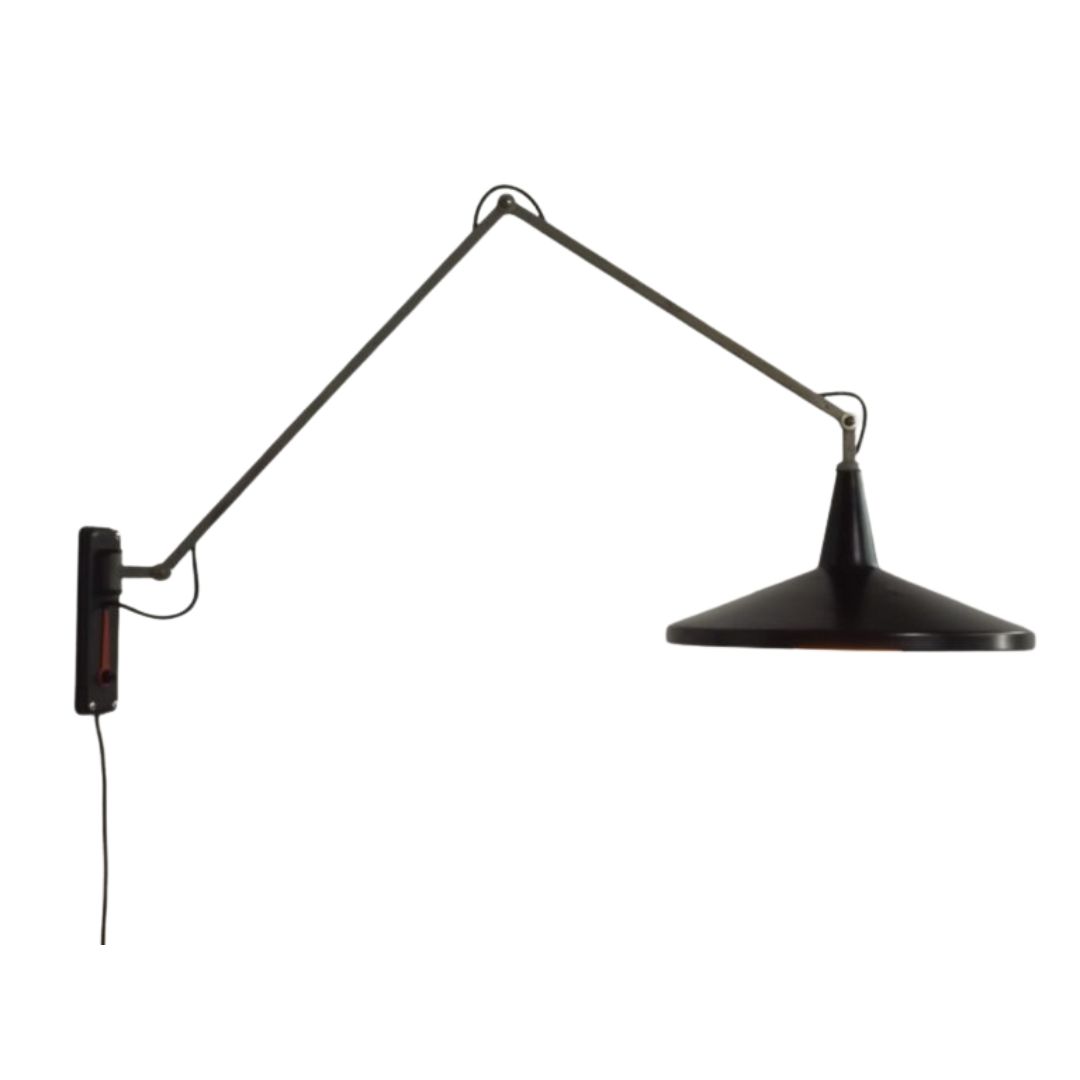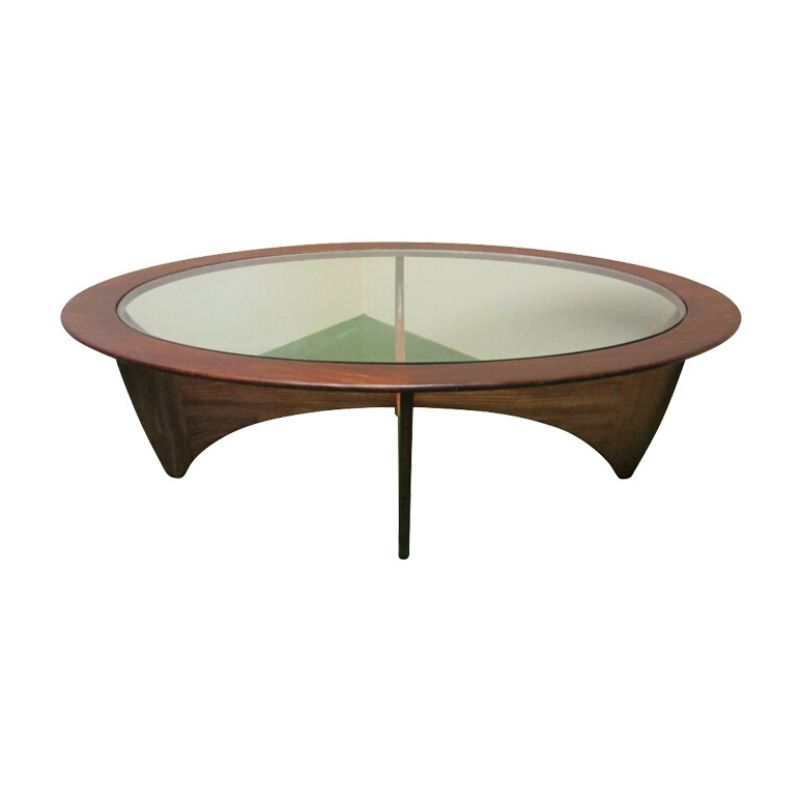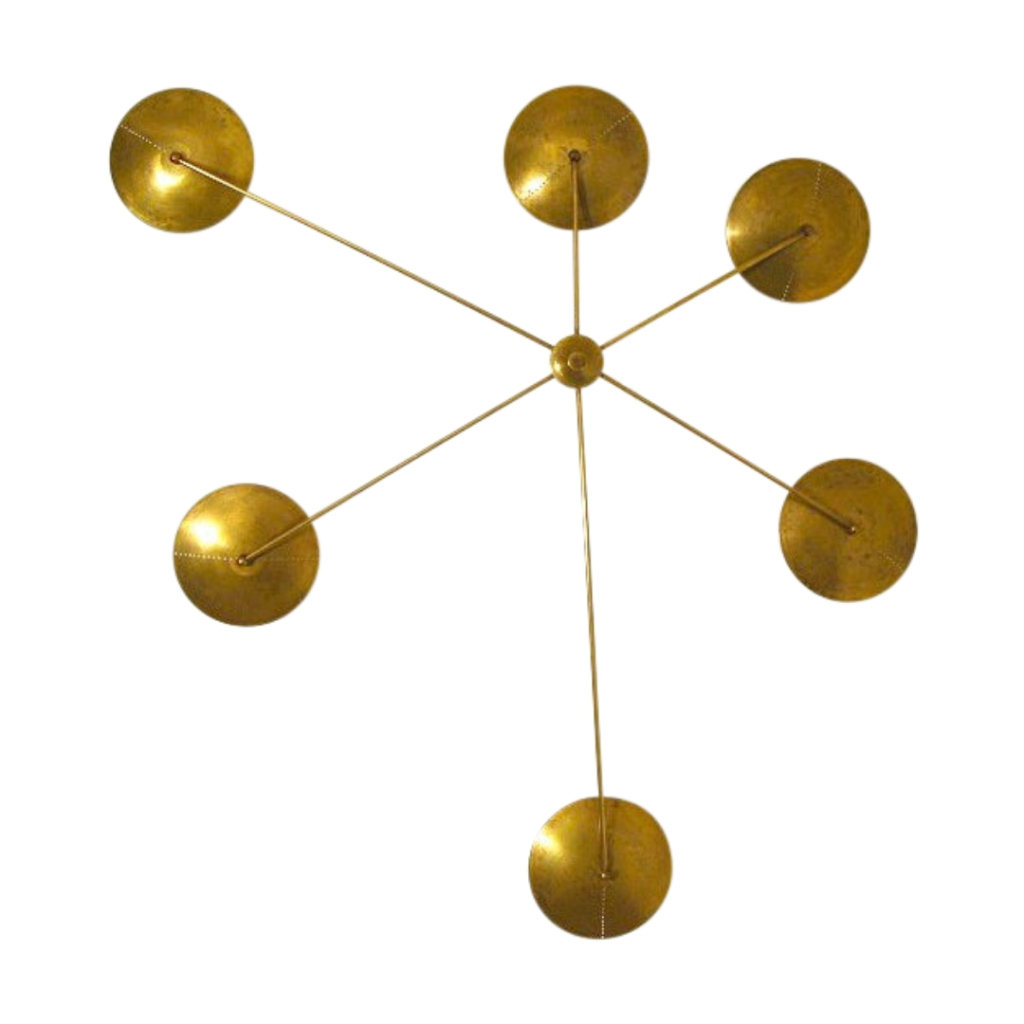ConnyE, yes, that's what I thought was going on. The front rail is 16.5" long and the back rail is 13.25". The wraps should only cover 1 5/8" on each end, effectively shortening the front rail so that it matches the back rail.
Jesgord--it took me awhile to figure out how to do the back corners of my J16. The back rail is deep, which makes a big difference at the ends of it. It's been awhile so I'm not sure I remember exactly what was so frustrating--I think it was that the cord didn't want to stay put on the underside of the rail in the first few rounds? Or maybe it just looked really wrong? I remember trying several different things and nothing looked right. Finally I just plunged ahead as if that's how it was supposed to be and pretty soon it looked right. It was just very different from a wishbone. Caleb James shows how to do this in his video. It's not in the Widess book--at least not in the Danish chair instructions.
The other thing is to make sure you do those front rail wraps correctly so that you move from the second one to actual weaving from the inside end of the wrap, not the outside end of it. Otherwise you end up with this annoying bit of cord going a quarter way around the leg post.
(This photo is of my chair when I gave up on the thicker cord because I thought it was why I was having so much trouble weaving the seat---I resorted to the standard 1/8" cord and it looked HORRIBLE. So very, very wrong---of course. Those back slots are perfectly sized for 3 strands of 1/4" cord. Thankfully better help came along via the internet and I rewove the seat correctly this past year and now it looks as it should.)
ConnyE, yes, that's what I thought was going on. The front rail is 16.5" long and the back rail is 13.25". The wraps should only cover 1 5/8" on each end, effectively shortening the front rail so that it matches the back rail.
whoa--we can't edit a post when there's a photo included?
This sentence in my post above -- Caleb James shows how to do this in his video. It's not in the Widess book--at least not in the Danish chair instructions should be at the end of the paragraph below!
The other thing is to make sure you do those front rail wraps correctly so that you move from the second one to actual weaving from the inside end of the wrap, not the outside end of it. Otherwise you end up with this annoying bit of cord going a quarter way around the leg post.
Sorry about that.
This is the Carl Hansen way of wrapping the "short" side of the front rail, you nail both ends to it. Caleb doesn't weave a CH37, its a CH36, of course. His videos are great.
The other side you you nail by the leg and after 11-12 wraps you continue to the back and the weave is on. Make sure you go the right direction when you wrap so you get the cord on the up side when you continue to the back. The "short" wrap is always on the right side, viewed from the front.
Also not that the proper wishbone weave has a funny single wrap of cord around the side rails at the front. I think this is supposed to hide the inside edge of the side rail a little bit. I always forget exactly how to weave it so that the single wrap appears there, but it is easy to figure out how to get it there when I am weaving it, so I don't worry about the fact that I forget.
I've seen old Wishbones without that odd strand in front. I don't know what it's there for either. I don't like it---I think because I spent SO much time on the first seat I ever did like this trying to figure out how to get that perfectly clean triangle of blank space. I was not doing the wraps correctly and kept getting one lone strand cutting across one long side of the triangle right near the edge of it and it bugged the hell out of me. The lone strand in the old Wishbones (and maybe new ones, I don't know--I only work on old ones!) doesn't intrude on the blank space but it does stand apart from the rest of the weaving a little bit, just enough to bother me. I thin it's one of those very minor things that is ok to skip since it has no real function that I can discern and doesn't change the overall look of the seat. You're more of a purist than I am in that regard. Though on this point I know there are old ones that didn't have it so I am comfortable not doing it just for that reason.
I've seen the ends of the wraps done both ways, too--visible ends anchored with tacks, and ends covered by the wraps. I prefer the latter, but I think only because of my lifelong sewing background. I just can't bring myself to let exposed edges---or in this case, ends---show.
I've seen at least one person justify a redesign of the weave pattern on a Moller chair because he thought his way would wear better. It might, too---but it didn't look right to me and I could never, ever do something like that! (Personal story quite possibly of no interest to anyone but me--back in my college music student days I was in a small ensemble playing a Mozart serenade that was all 8-bar sections repeated once. We wanted to run through this piece just for fun because we all really loved it, but only had 5 minutes left in the class. So we decided to just skip the repeats and plunged in. We played 8 measures, and in the first measure of the next section, everyone stopped simultaneously with a lot of head shaking and exclamations. One guy yelled, "FORM!" It was just instantly clear that the form was essential and just couldn't be messed with even for a quick and casual run-through. It was one of those AHA moments that I've never forgotten and that I actually think about pretty often.
The other thing that I've always enjoyed seeing on woven seats are the little variations that I think are the marks of the individual who wove the seat. These can be as subtle as how tightly packed the wraps are, or more obvious like how some people leave a long end after wrapping the front and back rails on a Moller or other chair with nails and then lay it along the nails before driving them in all the way. I like that one so much that I now do it on all my jobs with L nails. I think it's a nice finish and it also helps to keep the cross-over strands in place.
I've run into a few where i think, ok, this was done on a Monday morning after a big Sunday dinner with a lot of salty ham washed down by a LOT of Tuborg...
Oh...um...I think I used a 2 lb coil and a little bit of a second 2 lb coil but I really can't remember! Theoretically you should be able to get by with 2 lbs because though there's a half as much cord in the 2 lb coil of 1/4" cord as in 2 lbs of 1/8" cord, you only need half as much because it's wider. But I think i did need slightly more. I just used some that had been sitting around for a few years and I didn't keep a strict tally of how much went into it.
In other news. I just looked at Frank's Cane & Rush and I see their prices went up a lot and they've got a bunch more diameters listed, including some that look like they might reflect heavier weight cord in the smaller diamer! I'll have to inquire.
Also--WHITE cord. I saw this on (I think) Perkins' site the other day, too. Has anyone seen an actual chair woven with white cord? I just can't image it looking as good as natural craft of black but maybe...?
Hi
I have danish chairs (rush chair) for which I need to replace the cord .
I have found the 2 videos mentionned
chaled james https://www.youtube.com/watch?v=az5fjeRdt3A
ed hammond : https://www.youtube.com/watch?v=NQkE05DD9_Y
But I am wondering if there is a 3rd way for the front corners?
I have removed the existing cord for one of the chair and there is no nails as in the Ed Hammond video. And the chair neither have the wraping in the front like in the Caleb video
Thanks in advance for the answers
If the front and back rails of the seat are the same length, then you don't need to do anything special to the front corners before you start. But there are also other weave patterns for rush-style seats. Do you have a photo of your original seat or a photo of one exactly like it from online?
Here are some other patterns, not all on Danish chairs but it'll give you an idea of what's out there.


More tips if anyone's interested:
I always try to measure out enough cord to wrap the front and back rails but on rare occasions I've screwed up and needed a bit of extra at the end---and sometimes I just want to use up all the excess pieces laying around because i am hopelessly frugal. However, I hate knots that show and ends that stick out and stuff like that. So i came up with this neat and tidy way to join a new strand. You don't really see it at a casual glance, and even looking closely it's not all that obvious. Plus, it's quick and easy to do.
In the last photo I show how I finish the rails by bringing the long tail end of the cord across the rail and tucking it under the nail heads, then tapping the nails down. I first saw this on some old Møller chairs and I liked it because it eliminated having to tack down the end of the wrapping cord and have a short end sticking out. I really like the underside of the chair to look as neat as possible. This long strand also helps keep the crossover strands in place, though I guess if they are tight enough, they aren't gonna go anywhere.


One more, and we may have talked about this some time back.
So there are two things going on in a coil of cord:
1. the direction of the cord in the coil (clockwise or counterclockwise, which you can reverse simply by flipping it over)
2. the direction of the twist of the plies that form the cord. I just looked at a bunch of random scraps from different coils and two or three suppliers and most were counterclockwise, a few were clockwise.
I couldn't tell you which should be going what way while you're pulling cord off the coil as you weave (like for the Danish basketweave pattern with L nails). I should probably look at the direction of both and figure it out and remember it, but it's easier just to pull a bit off and see if the curves from the coil tighten up or if they relax.
If they tighten up, simply flip the coil over and fish the end through to the top and off you go.
This is important to know because if you have it the wrong way, those curves in the strand will get tighter and tighter and eventually you'll start getting kinks in the cord in the middle of the weave as it is forced straight when it wants to curl up. You are making the plies twist tighter and tighter.
When I first started weaving, I spent a TON of time unkinking cord as I wove. This is very, very tedious and it really slows you down.
Later I figured out that if you just rotate the coil as you go, like on a lazy susan,
the cord will relax and not kink. But even that takes time and is an interruption of your weaving rhythm.
So now, before I start on the weft weaving, I just check which way to flip the coil. So easy!
ALSO--realized rather late in the game that a 2 lb coil of cord JUST fits into a 2-gallon bucket, the type sold for mixing paint. So now I can put my stockpot back in the kitchen cabinet.
If you need any help, please contact us at – info@designaddict.com



